Description
What are Corrosion Monitoring Coupons?
Corrosion Monitoring Coupons are specialized devices that engineers specifically design to monitor and assess the corrosion rate within a range of systems, notably including water systems and oil and gas assets. Manufacturers compose these coupons predominantly of carbon steel, or occasionally other materials such as copper or silver, and meticulously weigh them before installation to establish a baseline measurement. After a predetermined exposure period, typically 60, 90, or 120 days, operators retrieve and reweigh these coupons. They then analyze the weight discrepancy, resulting from the corrosive action, to determine the corrosion rate within the system. This technique provides a robust, objective, and comprehensive measure of the system’s corrosivity, with the effectiveness of the method directly correlating to the precise implementation of the coupon approach.
Introduction
Corrosion, the gradual degradation of materials through chemical or electrochemical reactions, poses significant challenges across numerous industries due to its detrimental effects on materials’ structural integrity and functionality. Understanding corrosion, influenced by factors such as environmental conditions and inherent material properties, is vital as it significantly impacts the lifespan and reliability of key infrastructural elements.
The necessity of corrosion monitoring in industrial settings cannot be overstated. It informs decisions on material selection, system design, and preventative measures. Corrosion Monitoring Coupons, which mimic system conditions and provide detailed corrosion rate data, are exemplary of effective monitoring techniques. Essentially, understanding and monitoring corrosion are pillars of risk management, safety protocols, and economic efficiency, making corrosion monitoring integral to the sustainable and safe operation of industrial systems worldwide.
Types of Corrosion Coupons
Weight Loss Coupons
Weight Loss Coupons serve as one of the most widely implemented and straightforward methods for corrosion monitoring. These coupons, composed of the same material as the system they’re monitoring, are pre-weighed and then exposed to the system environment for a predetermined period. After this exposure period, they are cleaned of any corrosion products and re-weighed. The difference in weight, attributable to the material loss due to corrosion, provides a quantitative measure of the corrosion rate. This method is highly valued for its simplicity, cost-effectiveness, and ability to provide a direct measure of material loss over time.
Linear Polarization Resistance (LPR) Coupons
Linear Polarization Resistance (LPR) Coupons represent a more advanced technique for corrosion monitoring, providing real-time, online measurements. The LPR technique is based on electrochemical principles, wherein a small perturbation in potential is applied to the coupon, and the resulting current response is measured. The polarization resistance (inverse of the slope of the potential vs. current plot) is directly related to the corrosion rate. This method allows for continuous monitoring and immediate detection of changes in the corrosion rate, making it particularly useful in systems where corrosion rates can change rapidly or unpredictably.
Electrical Resistance (ER) Coupons
Electrical Resistance (ER) Coupons operate on the principle that as a metal corrodes, its cross-sectional area decreases, causing an increase in its electrical resistance. These coupons, when incorporated into a system, provide a continuous measure of the corrosion rate by detecting changes in electrical resistance over time. This method, like LPR, allows for real-time monitoring and is particularly effective in environments where corrosion occurs uniformly across the surface. However, it’s important to note that ER coupons may not provide an accurate measure in cases where corrosion is localized or pitting occurs. Therefore, understanding the nature of the corrosion process in a specific system is critical for selecting the appropriate monitoring technique.
Materials Used in Corrosion Monitoring Coupons
Corrosion Monitoring Coupons are crafted from a variety of materials to accurately represent the system they are monitoring. One of the most commonly used materials is carbon steel. Known for its high strength and durability, carbon steel is a typical choice for environments where high-stress resistance is required. Its corrosion behavior closely mirrors that of many industrial systems, making it an ideal candidate for corrosion monitoring in these contexts. However, the susceptibility of carbon steel to rusting when exposed to moisture and oxygen necessitates appropriate storage and handling to maintain its accuracy as a monitoring device.
In addition to carbon steel, a variety of other materials are utilized based on the specific requirements of the system under study. Stainless steel, for instance, is used when monitoring environments with high resistance to corrosion is necessary due to its inherent corrosion resistance properties. Brass, another commonly used material, provides insightful data when monitoring systems exposed to water, including plumbing and marine applications.
Copper and aluminum, other materials frequently used in corrosion coupons, offer unique benefits. Copper, known for its excellent electrical conductivity, is often used to represent sensitive electronic components in many systems. It provides valuable insights into the corrosivity of the environment towards electronic components. Similarly, aluminum, due to its lightweight nature and resistance to certain types of corrosion, is used in systems where these characteristics are valuable. It’s essential to select the appropriate material for the corrosion monitoring coupon, based on the specific nature of the system and the environment in which it operates.
Installation of Corrosion Monitoring Coupons
Installing Corrosion Coupons on Pipelines
Corrosion coupons are normally fitted in a coupon holder, which is then inserted into a coupon rack that is directly fixed onto the pipeline. This procedure should be carried out with caution to ensure that the coupon is properly positioned and exposed to the same circumstances as the pipeline. The coupon holder enables easy insertion and removal of the coupon without shutting down the entire system.
Corrosion Coupons Monitoring and Maintenance
Corrosion Coupons on the Pipeline must be monitored and maintained regularly once they are installed. Visual examinations are frequently performed to look for indicators of severe corrosion or damage. Cleaning the coupon holder and the surrounding region may be part of maintenance to avoid any external variables from impacting the coupon’s exposure to the pipeline environment.
Corrosion Coupons Retrieval for Analysis
Corrosion Coupons on Pipeline are typically retrieved for analysis after a predefined exposure period, which can range from a few weeks to a year, depending on the projected corrosion rate and industry norms. Operators carefully remove the coupon from the holder and clean it to remove any corrosion products. Then, they weigh the coupon to ascertain the weight loss, which they use to compute the corrosion rate. Furthermore, operators may inspect the coupon for evidence of localized corrosion, such as pitting, which can provide additional information about the corrosive activity in the pipeline.
Different Types
| Name | Strip Coupon | Multihole Strip Coupon | Disc Coupon |
| Applications | Commonly used for most evaluations. | Use with low-pressure access equipment or through narrow ports that a standard 3/4 inch wide coupon cannot pass. | These circular coupons work in multiple disc monitoring applications. |
| Size | 3”*3/4”*1/16” (76.2mm*19.0mm*3.2mm) | 3”*1/2”*1/16” (76.2mm*12.7mm*3.2) With mounting holes | Φ1.25”(31.8mm)Thickness 1/16”(3.2mm) |

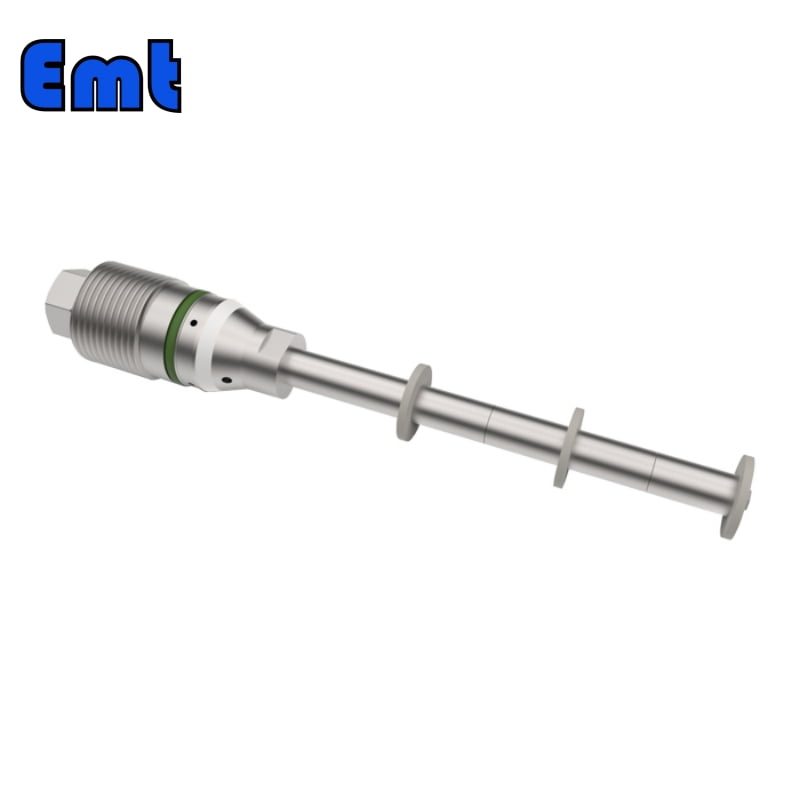
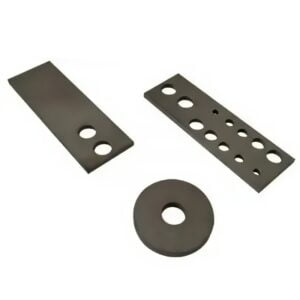

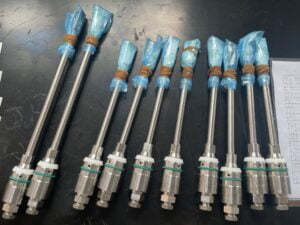
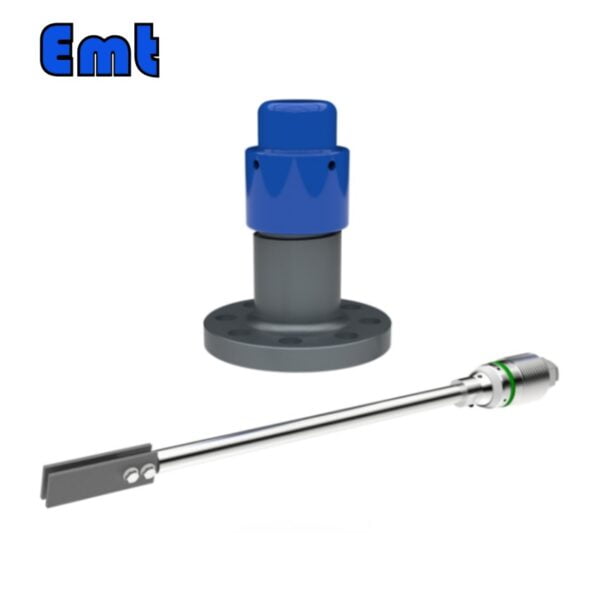
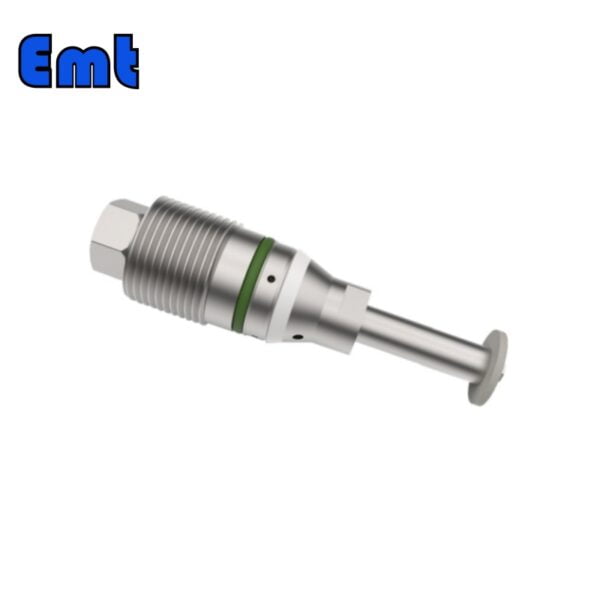
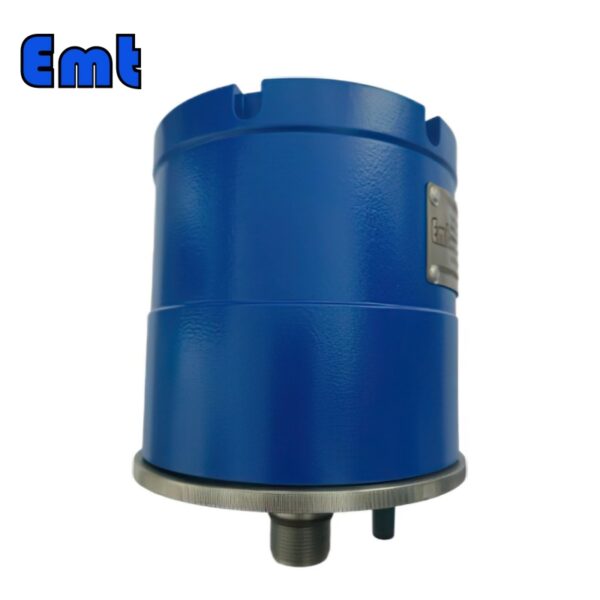

Reviews
There are no reviews yet.